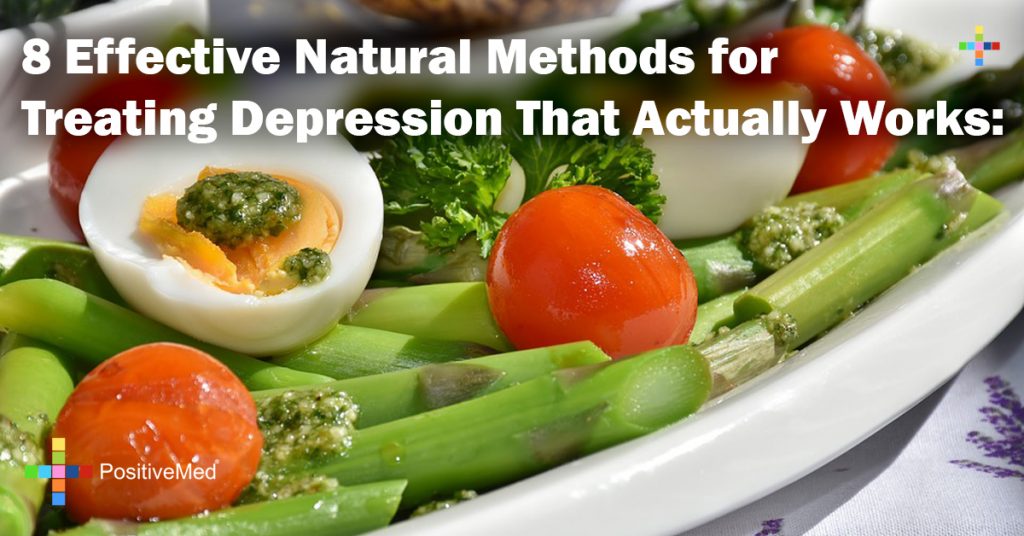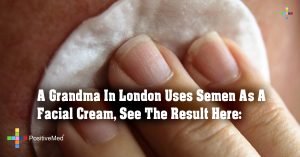
8 Natural Anti-Depressants- Effective Methods for Treating Depression That Actually Works:
Does eating junk food make you feel tired, heavy and in a cranky mood? It is because they make your health worse, therefore your mood changes, and not for the better. Here are a couple of ideas you can eat that will act as natural anti-depressants
• Swiss Chard: This veggie is packed with magnesium, which is a vital part of the biochemical reactions that increase energy levels in the human body
• Blue potatoes: This little used vegetable is packed with a powerful antioxidant called anthocyanins, which reduces brain inflammation (associated with depression)
• Mussels: This seafood has high amounts of Vitamin B12, selenium, protein, and iodine, which supports the thyroid gland that regulates the mood and weight.
• Dark chocolate: This delicious sweet treat improves the blood-flow to the brain, and provides an instant boost in concentration and mood.

• Greek yogurt: This creamy dairy product is packed with calcium, which release happiness inducing-neurotransmitters from your brain.
• Asparagus: This green veggie has high levels of tryptophan , which is used by the brain to make serotonin.
• Honey: This natural sweeter contains kaempferol and quercetin, which reduces brain inflammation, preventing depression.
• Coconut: this delicious tropical fruit contains medium-chain triglycerides, which are special fats that fuel better moods and promote general brain health.
Edited By: Stephanie Dawson





